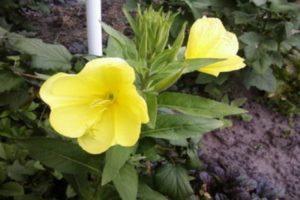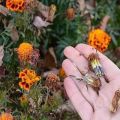Rules for the use of marigolds as green manure and why such fertilizer is useful
The yield and resistance of horticultural crops to pests depends largely on the quality and composition of the soil. Therefore, when growing plants, gardeners often use mineral or organic fertilizers, which eliminate the lack of nutrients in the soil. However, it is not always possible to provide sufficient feeding. In such cases, the use of marigolds as a siderat (a plant that replaces fertilizer) helps.
The benefits and harms of marigolds for a summer cottage garden
The beneficial properties of marigolds (tagetes) are determined depending on the growing zone. These flowers are grown near:
- Solanaceous plants (potatoes, peppers, tomatoes and others). This neighborhood prevents the reproduction of aphids, nematodes, whiteflies, weevils, Colorado potato beetles and other pests.
- Strawberries. The plant next to tagetes is less likely to become infected with gray rot.
- Cabbage. This combination reduces the breeding risks of the cabbage fly and white fly.
- Luke. The smell that marigolds exude scares away root mites and lurking proboscis.
Marigolds are used to repel insects when growing seedlings. To do this, the plant is planted simultaneously with vegetables in a greenhouse..
Gardeners pay attention to other features that marigolds are useful for. The roots of these flowers contain a substance that prevents overgrowth in the garden:
- garden purslane;
- creeping wheatgrass;
- horsetail and other weeds.
In addition to fighting worms and insects that live in the soil, marigolds provide another useful service: this plant protects against infection with fungal infections. Moreover, despite the described properties, tagetes is capable of harming some crops. Planting flowers next to legumes is highly discouraged.
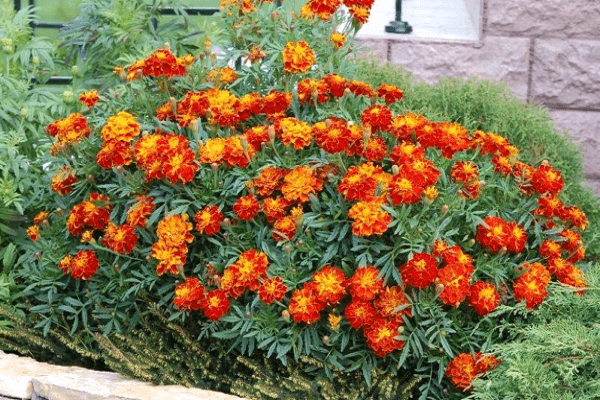
Using the biological properties of a flower
Due to prolonged operation, the fertile soil layer is compacted, which makes it difficult to dig the garden every year. Planting specific plants, or siderates, which include marigolds, helps to cope with this problem.
Flowers improve the composition of the soil and are used to prepare compost or liquid fertilizer, as mulch or as a component in the preparation of solutions that are used for the treatment of vegetable crops. Among the important features of marigolds is the fact that the effect of the effects of tagetes persists for 5-6 years.
Marigolds as fertilizer
Among the most common uses for marigolds is the use of flowers as fertilizer. Moreover, for feeding fruit and vegetable crops, you can both plant this plant in the garden, and add it to compost or mulch.
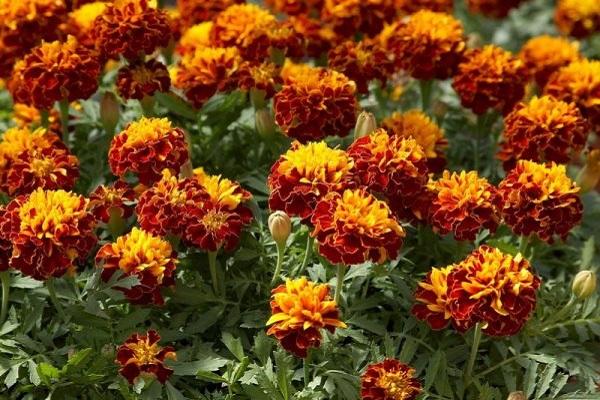
Growing as siderates
Marigolds are distinguished by a fibrous root system. Therefore, if the plant is used as a green manure, the upper part of the flowers must be cut in the fall. The roots left in the ground improve oxygen microcirculation and prevent the development of fungal infections.
If you plan to use marigolds as an organic fertilizer, then it is recommended to cut the flower trunks 2 months after planting and put the tops in the soil. The stems are re-heated in the soil, increasing the content of useful microelements.
Mulching
When using tagetes for mulching, it is necessary to cut, chop and scatter flowers with stems in the garden with the onset of autumn, and then dig up the garden. With the onset of spring, the culture will completely decompose. This mulch will increase the nitrogen and other micronutrient levels in the soil. At the same time, the rate of moisture penetration will increase. It is not recommended to use tagetes as mulch in spring, since the plant does not have time to decompose before planting fruit crops.

Humus
The optimal and easiest way to prepare fertilizer is to create humus. To do this, with the onset of autumn, dig a hole in the garden and fold the stems and roots of marigolds. Then the plants should be compacted and filled with abundant water. By spring, humus will be ready for use in the garden.

Liquid fertilizer
In addition to the above methods, marigolds are recommended to be used for the preparation of liquid fertilizer. To do this, you will need to grind and place the stems with flowers in a large container (wooden, plastic or ceramic), filling the composition with water. It is recommended to press down the raw material with a press. Then the mixture must be kept in a dark place for two weeks.
During the specified period, the fermentation process starts, which is evidenced by the foam that appears on the surface of the water. As soon as the composition darkens, the fertilizer is ready for use.
This mixture is used for watering plants. This fertilizer speeds up fruiting and improves growth. Before introducing top dressing into the soil, it is recommended to dilute the mixture with clean water in a 1: 9 ratio. If the composition is used for spraying crops, then a ratio of 1:20 is used.
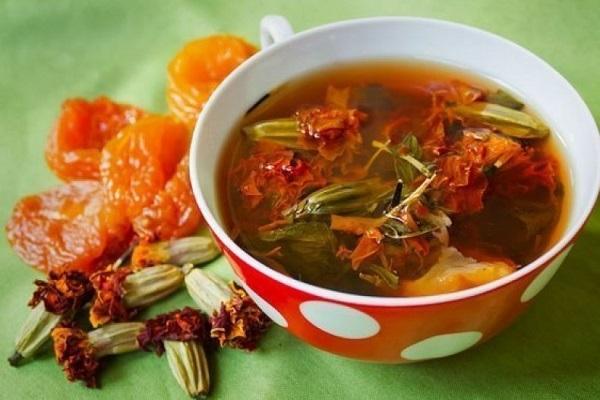
Application in compost
There are different points of view as to whether marigolds can be buried along with other composting plants. In fact, this option for using flowers is considered successful. Most gardeners recommend putting marigold tops in the compost pit, since tagetes inhibit pathogenic bacteria and destroy the beetle larvae.
We use the plant as a fungicide and herbicide
The substances that make up marigolds make it possible to use this flower to combat pests and diseases.
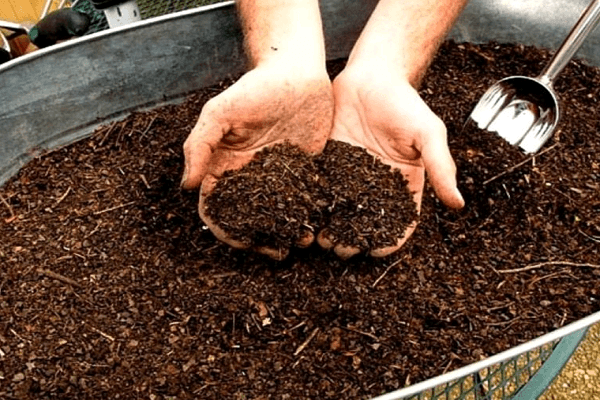
Pest control solution
To get an effective solution against pests, you will need to mix tagetes with other similar plants:
- tobacco;
- sagebrush;
- nettle;
- alfalfa;
- mustard;
- horseradish;
- tomatoes.
From the resulting mixture, take no more than two kilograms and add 10 liters of water. The solution is infused for two days in a dark room. After straining, 10 liters of water are re-added to the mixture. The resulting composition is recommended to process fruit and vegetable crops every 5 days. To increase the effectiveness of the solution, at the stage of preparing the products, 40 grams of liquid soap should be added to the mixture. The latter will increase the viscosity of the composition.Thanks to this, the product will last longer on the leaves of the plant and will be better absorbed.
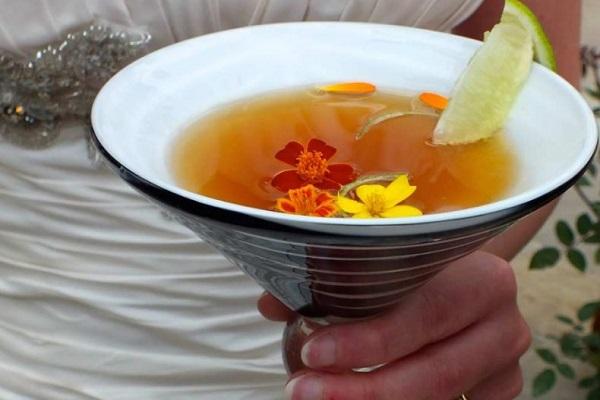
Before planting gladioli, lilies and tulips, it is recommended to keep the bulbs of these flowers in the described mixture for 8-10 hours. This procedure helps to reduce the risk of fungal infections in plants.
Soil disinfection
Fresh marigolds are used to disinfect the soil. To do this, with the onset of autumn, cut off stems and flowers (without roots) should be buried in the ground in the garden bed. During winter, the plant overheats, while producing substances that destroy nematodes and other insects harmful to fruit and vegetable crops.
You can also use tagetes for disinfection "under steam", when flowers are planted for the season on an empty garden, and next year vegetables are placed here.
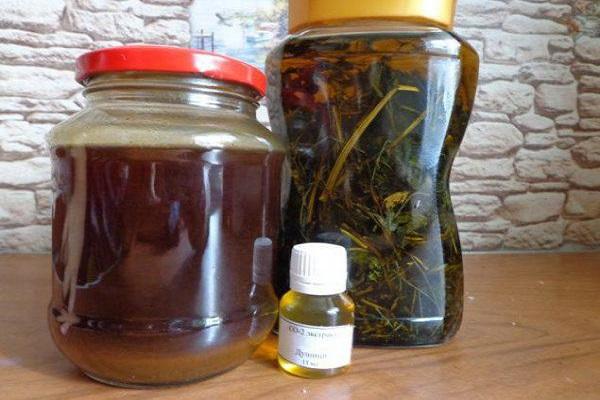
Folk recipes for infusion from aphids
To destroy or prevent the appearance of a colony of aphids, you will need to fill half of a 10-liter bucket with chopped marigolds (both stems and flowers are required), and fill the rest with warm (50-60 degrees) water. The composition should be infused for two days. After filtering, 40 grams of laundry soap is added to the solution.
The resulting agent is used to treat the affected plant from a spray bottle in the following volume:
- up to 8 liters - for an adult tree;
- up to 4 liters - for shrubs;
- up to 3 liters - per 10 square meters of garden.
In case of damage to strawberry aphids, you will need to insist chopped marigolds in cold water, soak tansy in hot water for two hours and grate a clove of garlic (each ingredient will need no more than 200 grams). Then all the components are mixed and filled with 10 liters of water.
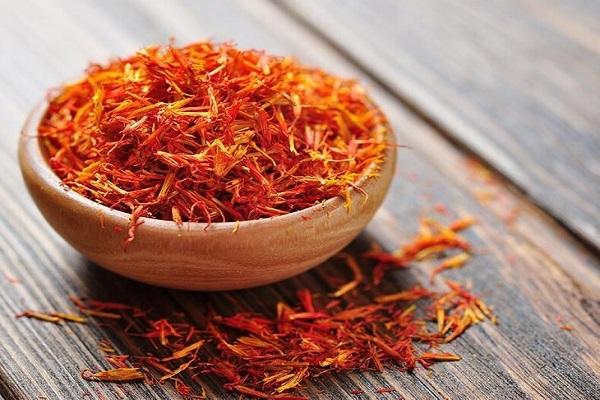
It is necessary to process cultures with the given means until aphids disappear completely..
Weed control
Tagetes are successfully used in weed control. To do this, it is enough to plant flowers in the garden, between fruit and vegetable crops. Marigolds, due to secreted substances, inhibit the growth and development of various weeds.

